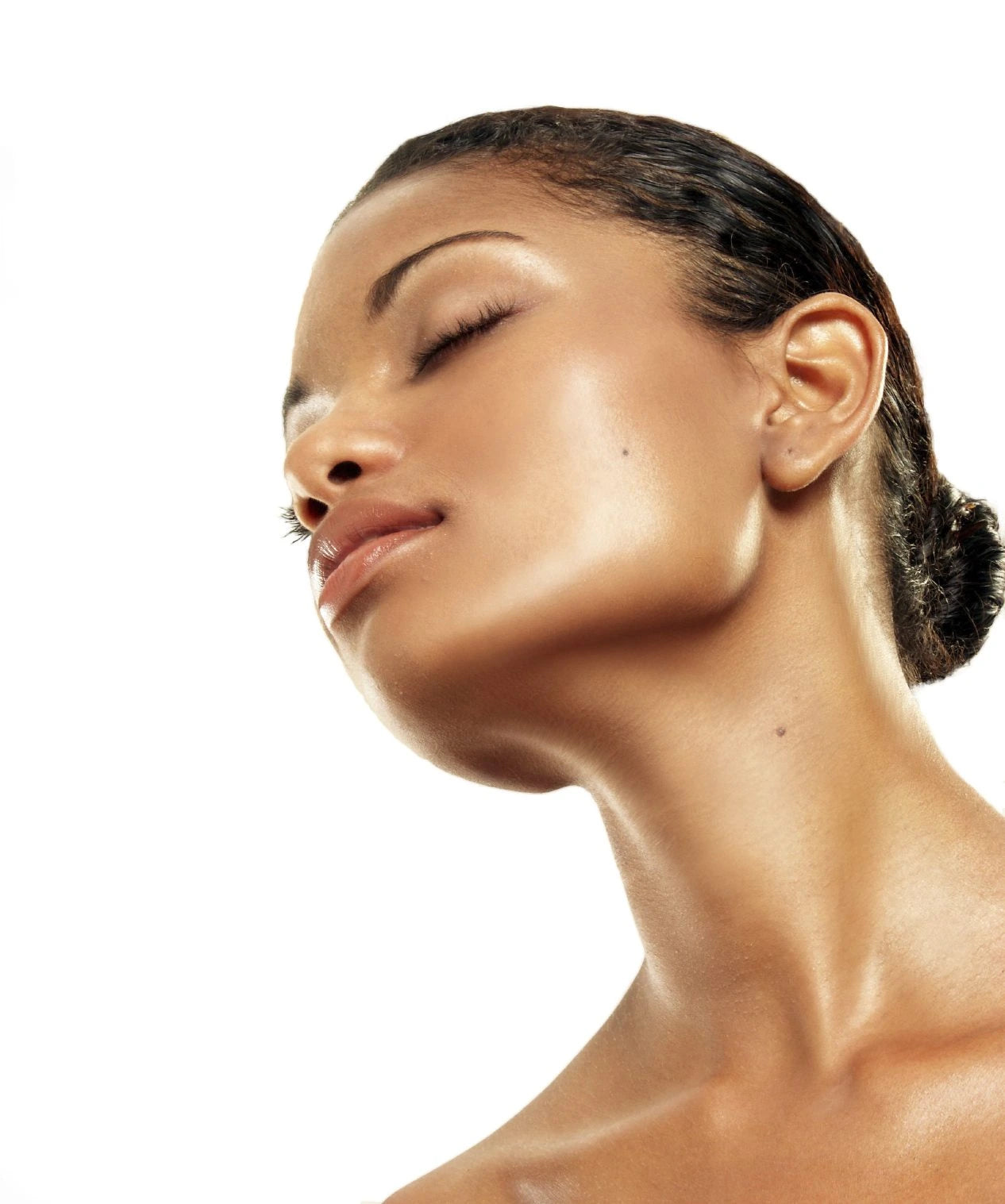The study of the benefits of snail slime on the skin started in 1980 when Chilean farmers who handled snails noticed their skin was visibly smoother. When snails are agitated, they excrete a thick fluid (slime) as a means to protect themselves. The slime is packed with nutrients that are beneficial to the skin like hyaluronic acid, glycoprotein enzymes, antimicrobial and copper peptides, and proteoglycans. To extract snail slime, the snails are typically first placed in warm water and agitated to secrete slime by rocking or spinning them (poor things!).
Research carried out on cell cultures (not on human skin) suggests that snail slime will stimulate the production of elastin and collagen, and increase fibronectin protein production. While these traits could be beneficial for skin, there have not been any significant clinical trials on how a specific beauty product containing snail slime actually works on this skin – just the pure snail slimes its own.
One of the main difficulties in conducting clinical trials on the benefits of snail slime is that the results of testing cannot guaranteed. Snail slime is not consistently concentrated and benefits may depend on the type of snail and amount excreted. If snail creams are to be effective, then the slime has to have a consistent concentration of the various chemical compounds, which is difficult to guarantee.
Translating the great benefits of snail slime to a cosmetic product is another story. In any given product, it’s impossible to predict efficacy because it depends on the quality of the snail extract used, the concentration of slime, the way the slime is extracted and processed, the amount in the product and how the product is formulated.
Given the stressful way it is extracted from the snails and lack of studies supporting most of its claims, I will not be spending my money on snail creams. There is nothing specifically unique to snail slime that you cannot get elsewhere. It can help with hydration of skin but to claim it treats wrinkles, acne scars and other skin conditions is pushing it!
Photo Credit: Inhabitat


